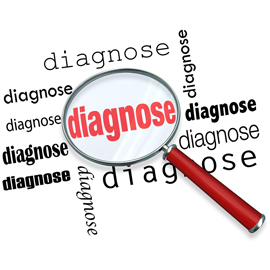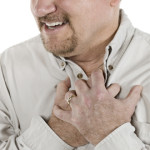
Esophageal pH monitoring is an outpatient procedure that measures how much acid flows from the stomach into the esophagus in a 24 hour period. This test is used to help discover what’s causing symptoms such as heartburn, chronic cough or chest pain.
Preparing for Esophageal pH Monitoring
To prepare for the esophageal pH monitoring procedure:
- Do not take proton pump inhibitors (PPIs) seven days prior to the procedure.
- Do not take H2 blockers 48 hours before the procedure.
- Do not take antacids six hours before the procedure.
- Abstain from eating and drinking for four to six hours before the procedure.
Esophageal pH Monitoring Procedure
The test consists of a small device at the end of a tube being gently inserted through your nostril and down your throat. The device sits near the bottom of your esophagus, about two inches above the lower esophageal sphincter. The other end of the small tube is attached to a small unit that you’ll wear around your waist or on your shoulder.
- For the next 24 hours, you’ll input information into the unit such as the occurrence of reflux symptoms as well as times when you eat or lie down.
- It’s important that you follow your usual routine as closely as possible. Doing things differently may weaken the results of pH monitoring.
- You’ll have to avoid taking a bath or shower for the 24 hours since the equipment cannot get wet.
- Remain standing throughout the day unless napping or lying down is part of your regular schedule.
- Keep notes of times when you start and stop eating, as well as when you lie down and get back up.
Twenty-Four Hours Later
After the 24 hours, your doctor will remove the tube and download the information off of the monitoring unit to be analyzed. You may experience throat pains from the tube after the procedure. Lozenges or hard candy may help relieve these symptoms.
After the results of the pH monitoring have been properly analyzed, your reflux doctor will likely know the cause of your symptoms and be able to properly treat them, either through medications, surgery or otherwise.



